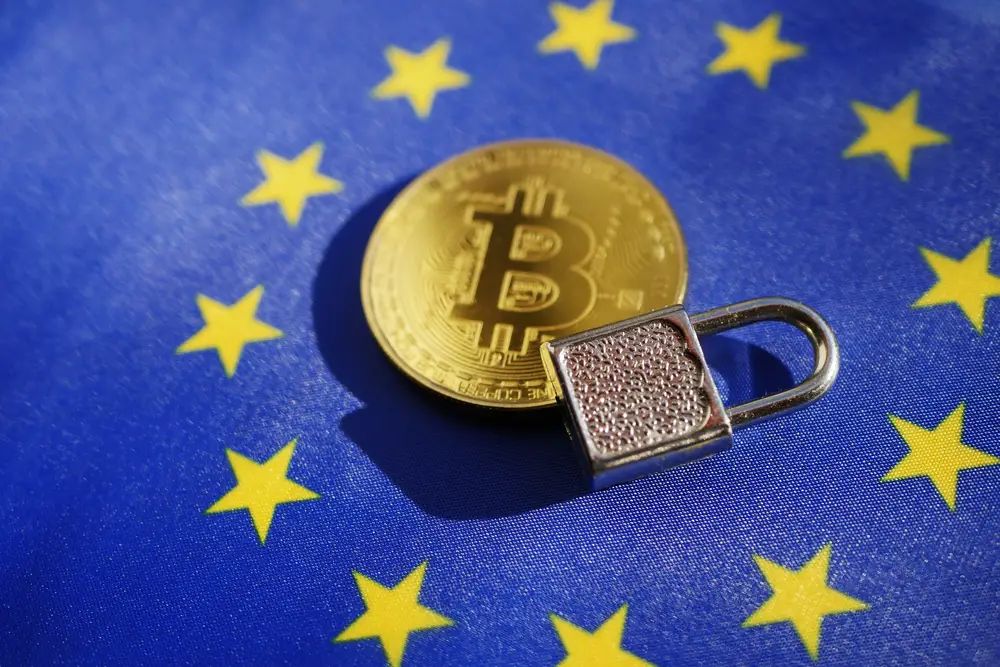As the dawn of 2023 unfolds, Europe has taken a series of decisive steps that solidify its position as the global leader in cryptocurrency regulation.
From the inception of Bitcoin in 2009 to the current proliferation of various cryptocurrencies, digital assets have become an increasingly significant part of the global financial system. The volatile nature of these assets, their potential for use in illicit activities, and the profound impact they can have on traditional monetary systems have led to a widespread call for effective regulation. The European Union, with its tradition of strong regulatory environments, is now leading the way in this complex and essential task.
The European Commission’s proposed Markets in Crypto-assets Regulation (MiCA), first drafted in 2020, had laid the groundwork for a harmonized approach to digital asset oversight. The goal was to establish a robust, secure, and transparent environment for cryptocurrencies within the European Union. Now, in 2023, after extensive deliberation and consultation, the EU has finalized and adopted a comprehensive regulatory framework that could serve as a model for other regions of the world.
The EU’s strategy for cryptocurrency regulation is built on three core pillars: consumer protection, financial stability, and the prevention of illicit activities.
Consumer Protection
The primary focus of the EU’s regulatory framework is the protection of consumers. The introduction of digital assets has left many consumers vulnerable to fraud, misinformation, and market manipulation due to the nascent and often complex nature of these technologies. In response, the EU has implemented rules requiring comprehensive disclosure from all cryptocurrency issuers and service providers.
Under the new regulations, entities issuing cryptocurrencies are required to publish a white paper detailing the nature, purpose, and risks associated with their assets. This white paper is subjected to rigorous scrutiny by regulatory authorities to ensure that all information is accurate, complete, and not misleading.
In addition, crypto-asset service providers, such as exchanges and wallet providers, are now obliged to obtain a license to operate within the EU. Licensing mandates adherence to stringent operational standards, including robust cybersecurity measures, strict compliance procedures, and the establishment of effective redress mechanisms for consumers.
Financial Stability
The EU’s new regulations also aim to safeguard the stability of the broader financial system. The rapid growth of cryptocurrencies has led to concerns about their potential impact on monetary policy and financial stability. The EU has addressed these concerns by implementing rules governing stablecoins, crypto-assets pegged to a stable asset like a fiat currency.
Under the new framework, issuers of significant stablecoins are treated similarly to traditional financial institutions. They are required to hold capital reserves equivalent to the value of their circulating tokens and to maintain a clear organizational structure with effective risk management policies.
Prevention of Illicit Activities
Finally, the EU’s regulatory framework is designed to prevent the use of cryptocurrencies for illicit activities such as money laundering and terrorism financing. Crypto-asset service providers are now required to carry out extensive Know Your Customer (KYC) and Anti-Money Laundering (AML) checks in line with traditional financial institutions.
Moreover, the regulations also mandate the use of blockchain analytics to trace suspicious transactions, thereby increasing transparency and accountability in the crypto space.
The EU’s comprehensive approach to cryptocurrency regulation represents a significant step forward in the global management of digital assets. By balancing the need to protect consumers and maintain financial stability with the desire to foster innovation, the EU has set a high standard for regulatory clarity and certainty.
The rest of the world is watching closely as the EU forges a path in this complex and rapidly evolving field. As the benefits and challenges of this new regulatory environment become apparent, it is highly likely that other regions will adopt similar measures. Therefore, while the EU’s framework is undoubtedly a product of its unique political and economic context, it may well serve as a blueprint for global cryptocurrency regulation.







